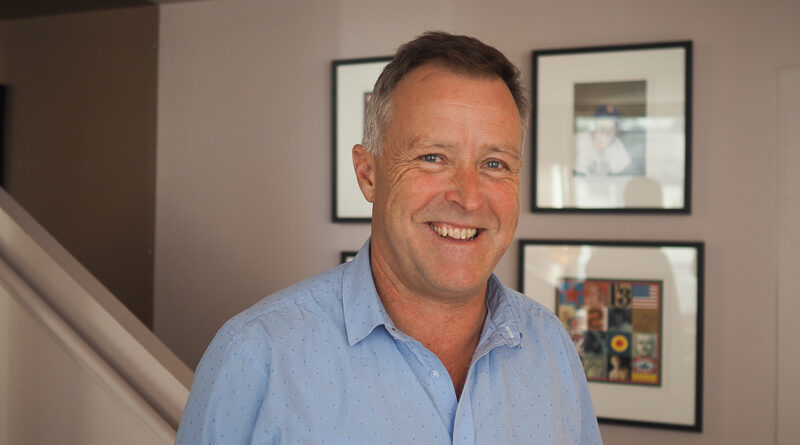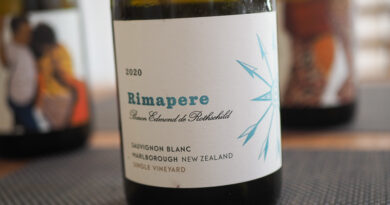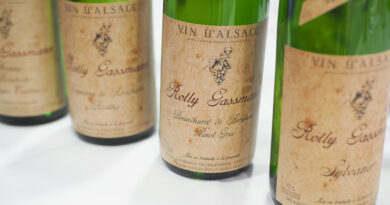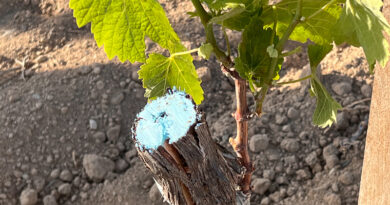Marlborough wine region at 50: interviewing Jamie Marfell of Brancott and Stoneleigh
After many years as chief winemaker for Stoneleigh, Jamie Marfell is now Group Winemaker for Pernod Ricard New Zealand, which includes Brancott and Stoneleigh in Marlborough plus Church Road in Hawke’s Bay. I caught up with him in New Zealand to try some wines and also to talk about fifty years of Marlborough – the first vines were planted here in 1973.
Jamie is Marlborough born and bred, and he was 6 years old when vines were first planted here. ‘The whole evolution of grapes being planted here was in my school days,’ he says. His parents were sheep farmers at the end of the Brancott Valley, up on the Wrekin. ‘There are quite a few good little vineyards up there,’ he says. But back in the early 1970s it was very different. ‘Mum and Dad’s friends owned Brancott,’ he says. ‘Mum would go, oh you used to play in the red shed when you were four or five [now the centrepiece of the Brancott Estate vineyard]. This was just a farm back then, growing things like lucerne. ‘It was a pretty boring farm, but it did have rabbit fencing all around it. It was pretty average, flat, boring soil. At that point there was no irrigation: in the Brancott Valley to get water for our vineyards we pump it across from the other side of the valley. There are no wells for large scale viticulture.’
Lots of people worked for Montana when it was being established, many of who went on to do their own things. ‘Jane Hunter worked for Montana for a time, and Allan Scott did.’
The Montana Winery in the Riverland area was opened in 1979, and it also came with a cask line for bag-in-box wine. ‘The whole idea 50 years ago was to produce cask wine,’ says Jamie. Initially Sauvignon Blanc wasn’t planted, but rather the purpose for Montana prospecting these new vineyards wasn’t to make fancy wine, but wine in volume, from the likes of Müller Thurgau. [Some history: Montana’s Frank Yukich decided to search for new vineyards when Seagram, a US company, had purchased a 40% stake in them and they needed more grapes. With the assistance of 29 year old Wayne Thomas, who Frank had hired from the DSIR, they went looking for vineyards and Thomas suggested that they should consider Marlborough, which at the time had no vines, but seemed to be ideal for viticulture with its warm, dry summers and bony alluvial soils. Yukich and Thomas flew to Blenheim and John Marris, a land agent with Pyne Gould Guinness, drove them around. They covered 20 000 acres in two days, and even explored the Awatere Valley, which was dismissed as being too windy. Two weeks later, Yukich and Thomas, along with Frank’s brother Maté and Montana national vineyard manager Jim Hamilton, were in Marlborough driving round with Marris. Anxious to secure land without disclosing their identity, in the space of 10 days they purchased nine farms, totalling 1173 hectares, at an average price of $600 per hectare. Although this was double the going rate for this rather poor agricultural land, in hindsight represented an amazing bargain.]

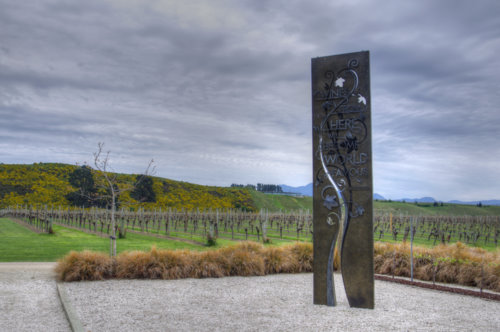
Sauvignon Blanc took a while to really catch on. ‘I started in 1990, and my first vintage we did 17 000 tons,’ says Jamie. ‘Only about 3000 tons of that was Sauvignon Blanc, but there was a lot of Müller Thurgau, a lot of Chenin Blanc. John Marris was one of our growers, as was Neil Ibbotson and Ross Lawson.’
The initial planting in 1973 was fraught with difficulty. It was made with cuttings, put directly into the soil by hired local help, and some went in the wrong way. This approach to vineyard establishment worked well in damper regions, but Marlborough is usually very dry in the summer, and this was a particularly dry season. ‘I guess there were lots of learnings back then,’ says Jamie. ‘It was kind of unusual. I can remember the cardboard cones they put around the vines and they just blew off with the first wind. They used imported Jarrah wood posts. You’d touch them and just get splinters in your hands.’
One of the important stages in the development of Marlborough was the vine pull, associated with the wine glut. This government initiative began in 1986. ‘This was quite important,’ says Jamie. Growers got paid to remove vines, but then they replaced them with what wineries actually wanted: largely Sauvignon Blanc. This re-aligned the varietal make up of Marlborough towards the market demand. ‘This was the big game changer,’ says Jamie.
Marlborough Sauvignon took quite a while to become famous, and it needed validation from more competitive export markets to convince people they had something special. ‘This was in the early 1980s with some of the recognition in the UK,’ he says. ‘Hunters did well, in 1986, and we were in 1989.’ [In London, the 1985 Hunters Fumé Blanc was voted the most popular wine at the 1986 Sunday Times Wine Club Festival, and in 1989 Montana Sauvignon Blanc won the Marquis de Goulaine trophy for best Sauvignon Blanc at the International Wine and Spirits Competition in London. The UK began to wake up to this new style of wine.]
The first wine to be labelled as Sauvignon Blanc in New Zealand was the 1979 Montana, made from the first Sauvignon vines to be planted there in 1975. The first plantings of Stoneleigh were 1981. It was owned by Corbans, at the time the main competitor to Montana. At the time Penfolds were also active in the region.
Flash forward to 2023 when there are 30 000 hectares of vines in Marlborough, and the industry is still growing. ‘It is incredible how it is still growing now,’ says Jamie. ‘A lot of the growth is going up the Wairau Valley, past the Branch River. There is a big dairy farm on the market, just before Lake Rotoiti.’ Is the frost risk too much there? ‘I guess it’s manageable.’
The price of Sauvignon grapes has held up and even increased (helped by the shortages in 2021), as has the price of land. ‘Last year it was $2300 a ton.’ In 2021 the open market for grapes disappeard, and this was the year that Mud House, a strong New Zealand brand, did some Chilean Sauvignon Blanc under their name rather than lose shelf space. Land prices have crept up so the most prized vineyard land in the region now changes hands for around $400 000 per hectare.
In terms of growth, Pernod Ricard have been quite flat, but are working to re-jig their portfolio. ‘And the moment we are planting Chardonnay, and we are planting Riesling,’ says Jamie. Some of this Chardonnay is for sparkling, which is important for Brancott. ‘It’s doing really well. We are moving some of our Pinot production into sparkling as well, which is good because we were making a lot of average Pinot. This allows us to move this across into sparkling, allowing us to downsize our red wine footprint.’
We are looking at all our vineyards, and what’s it going to be for the future. What does the replanting look like? We starting innovating with automated vehicles. We are shareholders of a company called Smart Machine. It is a Marlborough-based firm who have come up with the technology and we now have 9 machines working. At the moment they are mowing, trimming and leaf plucking, and ideally in the future we will have them spraying as well. This time next year we will have 19 machines working. All our replanting is on standard size, based around machines. Row width is 2.4 m, with 100% metal posts and subsurface irrigation. We save 25-40% water use by going sub surface. As well as equipment for putting the lines down, there is also equipment for pulling it up.
Pernod Ricard run some vineyards organically and also have about 60 hectares in a regenerative viticulture trial. ‘We are right at the beginning of this. We are getting data and monitoring.’
What about winemaking? For Sauvignon Blanc, around 40% goes through high-solids decanters, which work like a centrifuge. This is quite remarkable: normally, Sauvignon would come in as machine harvested fruit, which then goes to a press, and then needs to be either settled in a tank, or undergoes flotation, before the juice is clear enough for fermentation to begin. Using one of these decanters, there’s no need for a pressing stage, so the grapes enter the decanter and then strong centrifugal forces separate the juice from the skins and seeds, and within 2 hours you can be fermenting juice. The other great advantage of this process is that there is zero oxidation. Pernod Ricard have invested heavily in this technology.
We tasted three of the 2022 Sauvignon Blancs, a couple of older vintages of the Chosen Rows, and a special Chardonnay that so far has only found its way to the Swedish market.
THE WINES
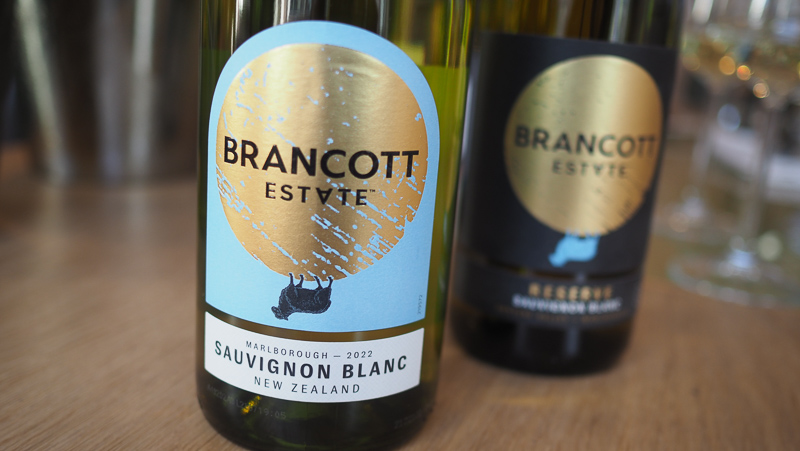
Brancott Estate Sauvignon Blanc 2022 Marlborough, New Zealand
60% Wairau, 40% Awatare. Highly aromatic with grapefruit, passionfruit and a touch of lime. In the mouth, lovely balance with green hints and supple citrus fruit, with some exotic tropical hints, too. Nice acidity, but it doesn’t intrude at all. Very expressive and pure, and benchmark Marlborough. 90/100
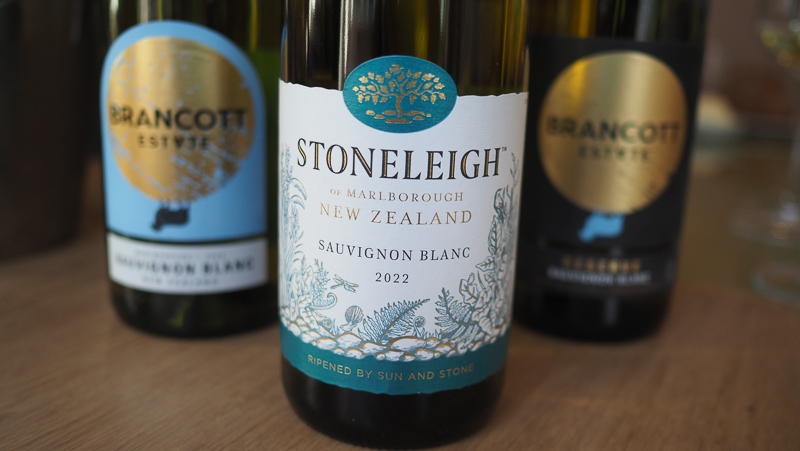
Stoneleigh Sauvignon Blanc 2022 Marlborough, New Zealand
Most from Rapaura. Bright, expressive and delicate with fine citrus fruit. Has gentle passionfruit character, some pear and lovely texture and weight. This is bright and expressive with lovely purity, showing the sophisticated side of Marlborough Sauvignon. This is focused and bright with some fine green notes on the finish. 91/100
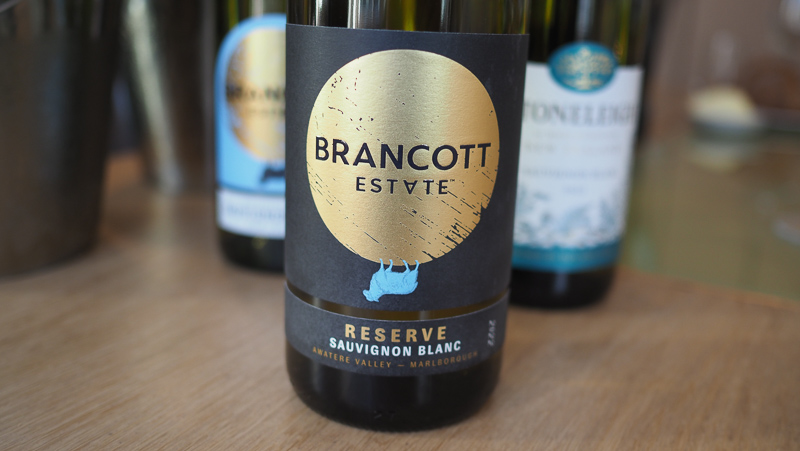
Brancott Estate Sauvignon Blanc Reserve 2022 Marlborough, New Zealand
100% Awatere Sauvignon from Seaview. Concentrated and lively with ripe tropical notes and some lovely citrus fruit, showing intensity and purity. There’s a real depth to this wine which has a smooth texture and just a touch of tomato leaf greens. Such a lovely delicacy here along with the dense fruit. 93/100
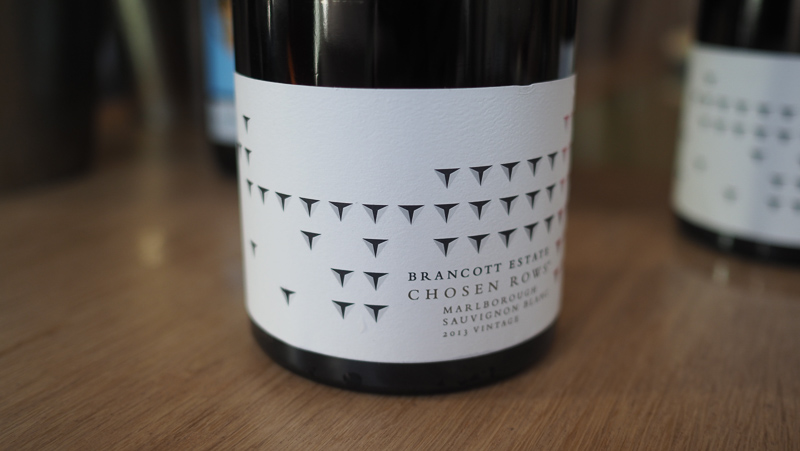
Brancott Estate Chosen Rows Sauvignon Blanc 2013 Marlborough, New Zealand
Intensely aromatic with sweet citrus and some toast and spice, too. Powerful palate, but fresh, too with some pear, apple and spice as well as lanolin and dried herbs. Lovely weight and spice on the palate, showing ripe fruit but also a spicy freshness. Quite mineral. A lovely wine. 94/100
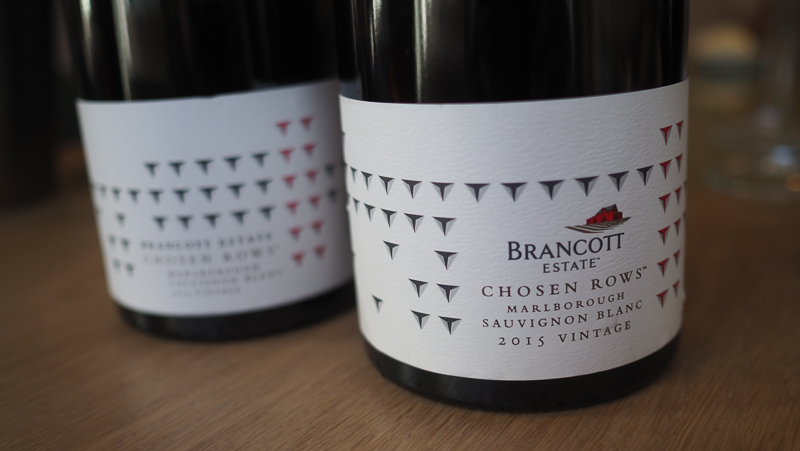
Brancott Estate Chosen Rows Sauvignon Blanc 2015 Marlborough, New Zealand
Powerful, aromatic and intense with a distinctive spicy edge to the fruit. Very mineral and expressive with a lime oil edge and some wax and toast. Very lively and intense with some mineral notes alongside the citrus fruit, with fine nutty hints on the finish. So lively and multidimensional. Has a bit of structure, too, and can age more. 95/100
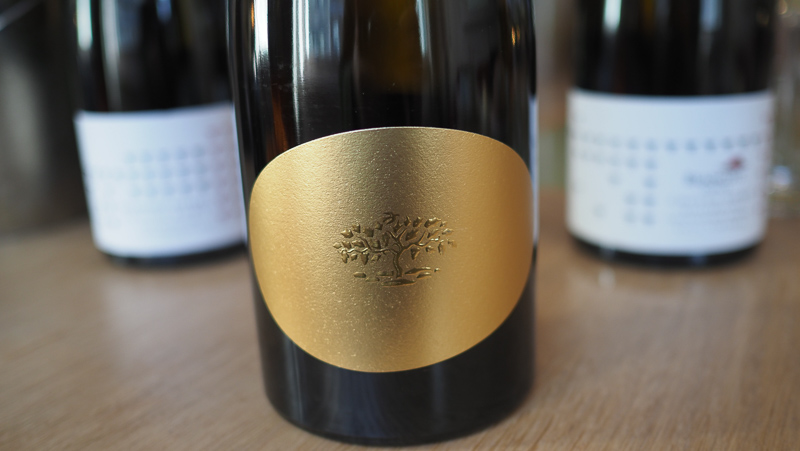
Stoneleigh Icon Chardonnay 2021 Marlborough, New Zealand
Such precision and concentration here with fine toasty, bready notes and some pear and peach richness as well as citrus. Very fine and expressive with real intensity and purity. Such precision here with depth and freshness, a sense of richness, and also a bright mineral finish. Very fine. 95/100
Find these wines with wine-searcher.com
MARLBOROUGH AT 50

